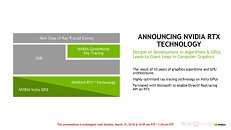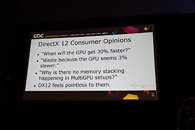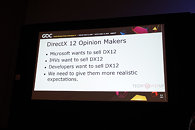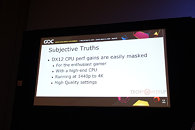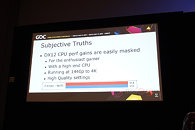Denuvo/Irdeto "TraceMark for Gaming" Introduced at GDC 2024
Denuvo by Irdeto, the leading provider of security solutions for the gaming industry, is excited to announce the launch of its groundbreaking product, TraceMark for Gaming, during the prestigious Game Developers Conference (GDC). This pioneering watermarking solution, part of the Irdeto anti-piracy suite and the first of its kind to be tailored specifically for the gaming industry, leverages the core invisible watermark technology trusted by Hollywood studios, sports leagues, and pay-TV operators.
TraceMark for Gaming uniquely addresses the challenge of content leakage, especially during the sensitive pre-release phase of game development. It introduces a deterrent effect by enabling the precise tracing of leaked content back to its source. This capability makes potential leakers think twice, knowing that any unauthorized distribution can be directly linked to them. As a platform-agnostic tool, TraceMark effortlessly integrates into various stages of the game's lifecycle, providing a consistent layer of protection. Its adaptability ensures that, irrespective of the development phase or platform, TraceMark serves as an effective measure to discourage leaks by holding individuals accountable, thereby contributing to the overall integrity of the content distribution process.
TraceMark for Gaming uniquely addresses the challenge of content leakage, especially during the sensitive pre-release phase of game development. It introduces a deterrent effect by enabling the precise tracing of leaked content back to its source. This capability makes potential leakers think twice, knowing that any unauthorized distribution can be directly linked to them. As a platform-agnostic tool, TraceMark effortlessly integrates into various stages of the game's lifecycle, providing a consistent layer of protection. Its adaptability ensures that, irrespective of the development phase or platform, TraceMark serves as an effective measure to discourage leaks by holding individuals accountable, thereby contributing to the overall integrity of the content distribution process.

















































